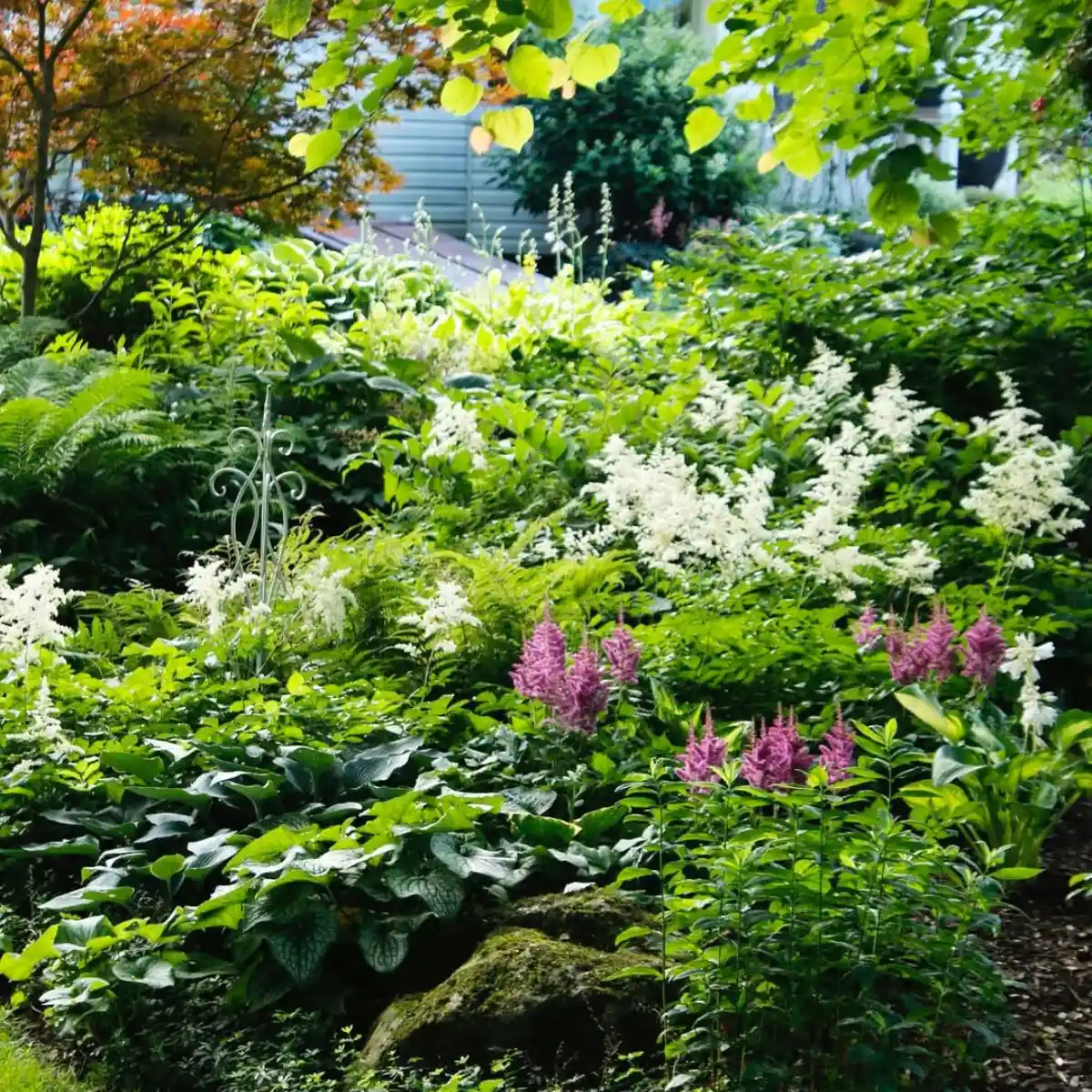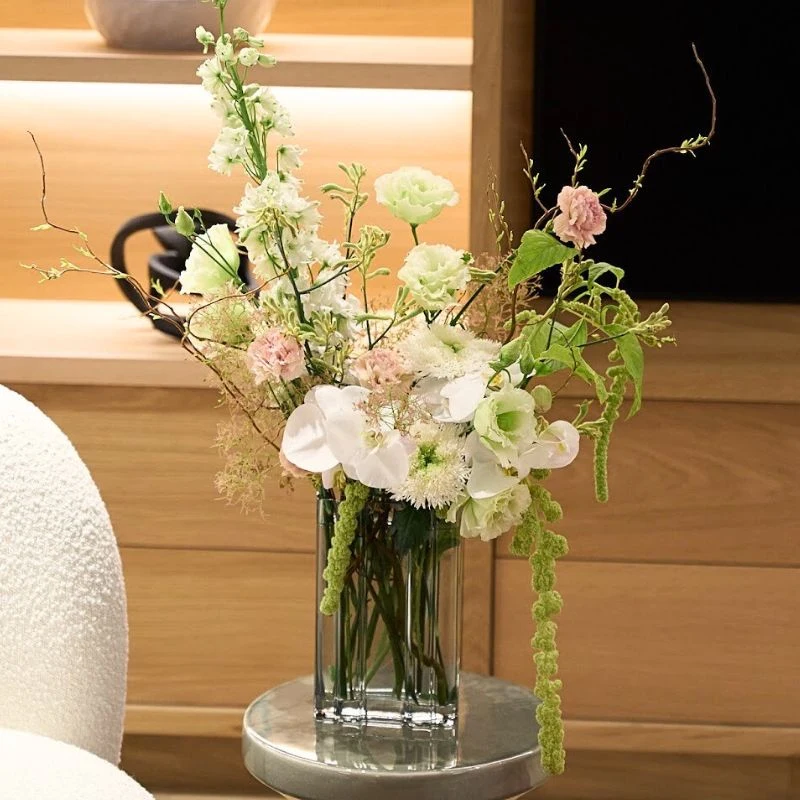The Strawberry Begonia—scientifically known as Saxifraga stolonifera—is an eye-catching, evergreen perennial that adds charm to any indoor or shaded outdoor setting. Despite its name, it is neither a true begonia nor a strawberry. The genus name, Saxifraga, derives from the Latin words saxum (meaning rock) and frangere (meaning to break), a nod to its natural tendency to grow in rocky crevices. This specific epithet, stolonifera, refers to the thread-like stolons—runners that allow the plantlets to root and form new plants, giving rise to its nickname, creeping saxifrage. Also commonly called Strawberry Begonia, this plant is native to South Korea, Western China, and Japan, where it is admired for its beautiful green leaves adorned with reddish leaf colors and velvety textures.
Highly recommended by the Royal Horticultural Society, the Strawberry Begonia is also known as Strawberry Geranium or Strawberry Saxifrage and is loved for its attractive foliage, low-maintenance nature, and unique plant forms. Whether grown indoors in hanging baskets or used as a ground cover in woodland gardens, this plant remains a favorite among plant enthusiasts.
Choosing the Right Location for Your Strawberry Begonia
The Strawberry Begonia flourishes in bright indirect light, making it ideal for east- or north-facing windows when kept indoors. While it enjoys light, it must be shielded from direct sun, which can scorch its delicate leaves. For those planning on growing outdoors, selecting a protected location with part shade to full shade is crucial, especially in warmer climates.
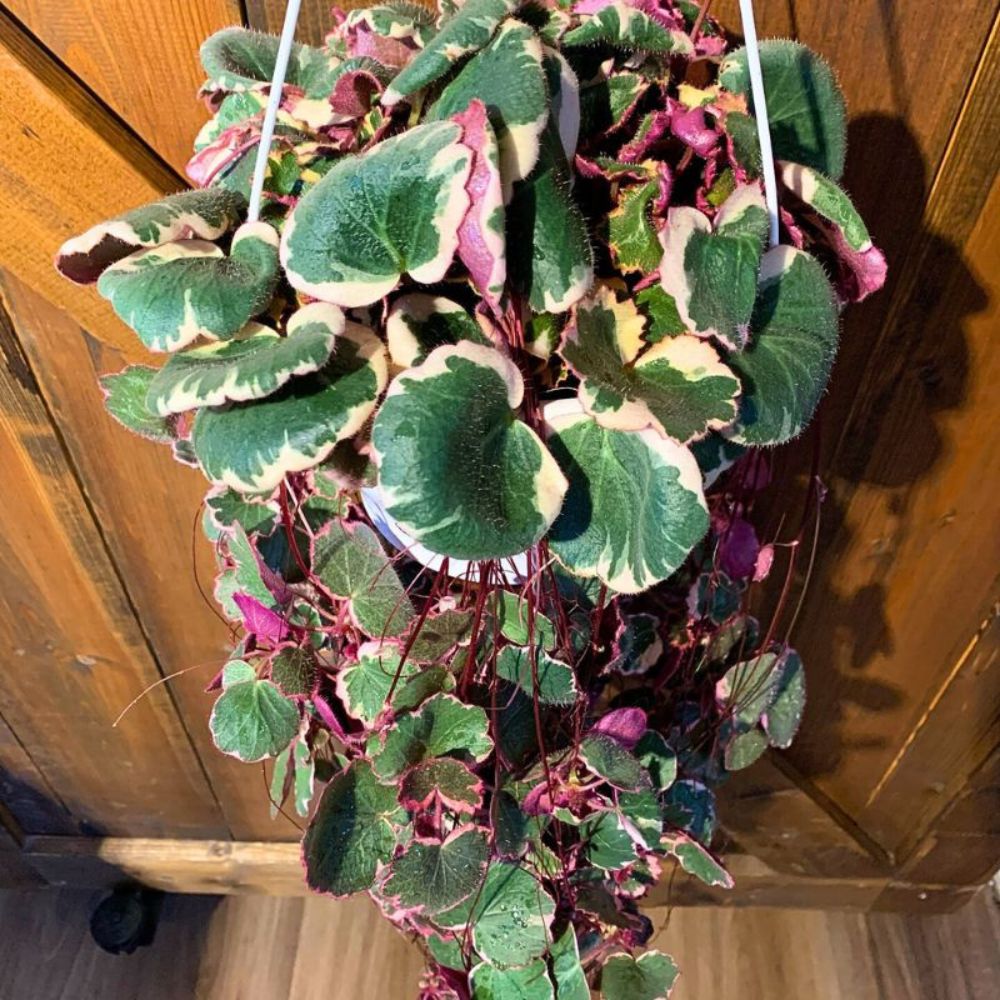
The plant thrives best in USDA zones 6 to 9, where it can successfully establish as a ground cover in a shady area or under tree canopies in woodland gardens. This begonia plant can also be elegantly displayed in containers or hanging baskets, allowing its plants to spread through thread-like stolons to drape beautifully over the edges.
Soil and Watering Needs for Strawberry Begonia
Like many houseplants, the Strawberry Begonia plant prefers organically rich, well-drained soils. It is important to avoid poorly drained soils, which increase the risk of root rot, a common issue associated with overwatering. The soil should be kept consistently moist but not soggy—watering is best done when the top third of the soil has dried out. In drier seasons or regions, it's essential to maintain even moisture levels without saturating the root zone.
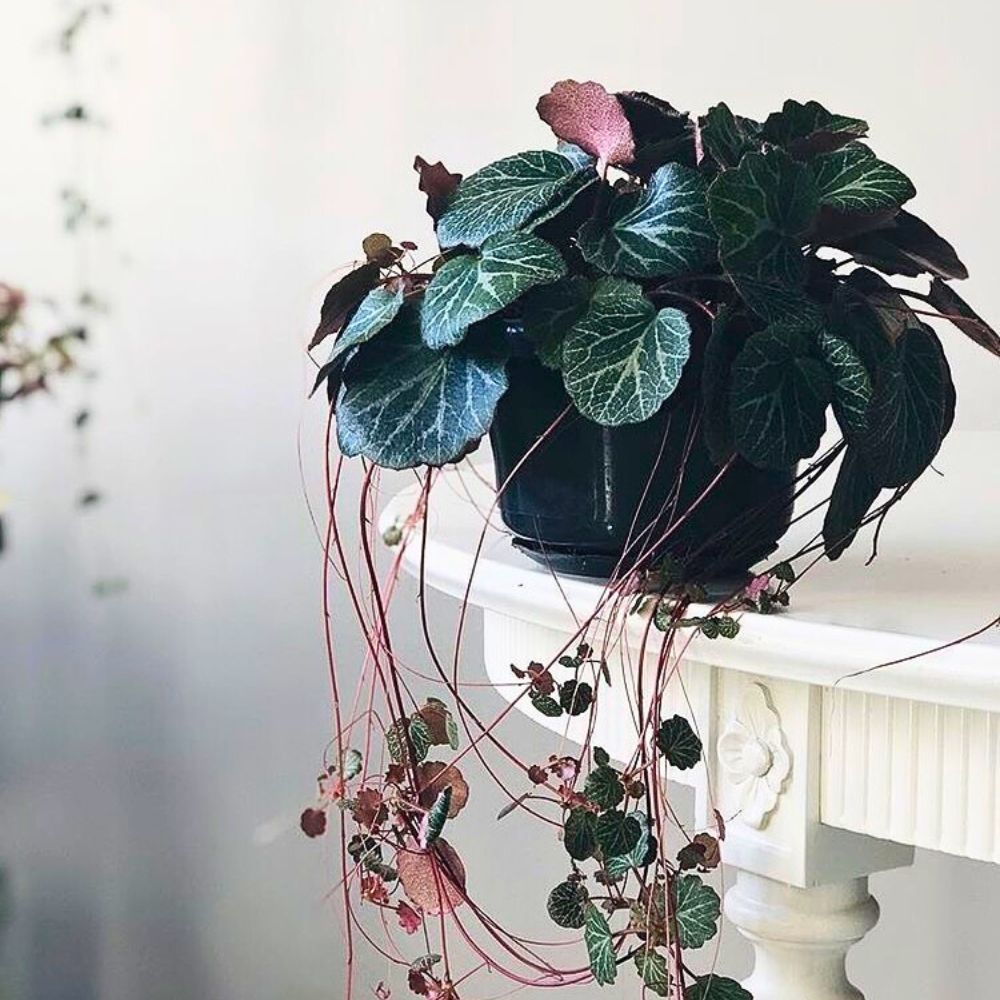
When grown outdoors in zone 6, be sure to provide plenty of winter mulch to protect the roots from freezing conditions. For indoor cultivation, opt for a quality houseplant potting mix that balances moisture retention with drainage.
Humidity and Temperature Needed For Strawberry Begonia to Thrive
While the Strawberry Begonia tolerates typical household humidity levels, it benefits from extra humidity, especially during winter or when placed near radiators or heating vents. A humidity tray or occasional misting can support healthier growth.
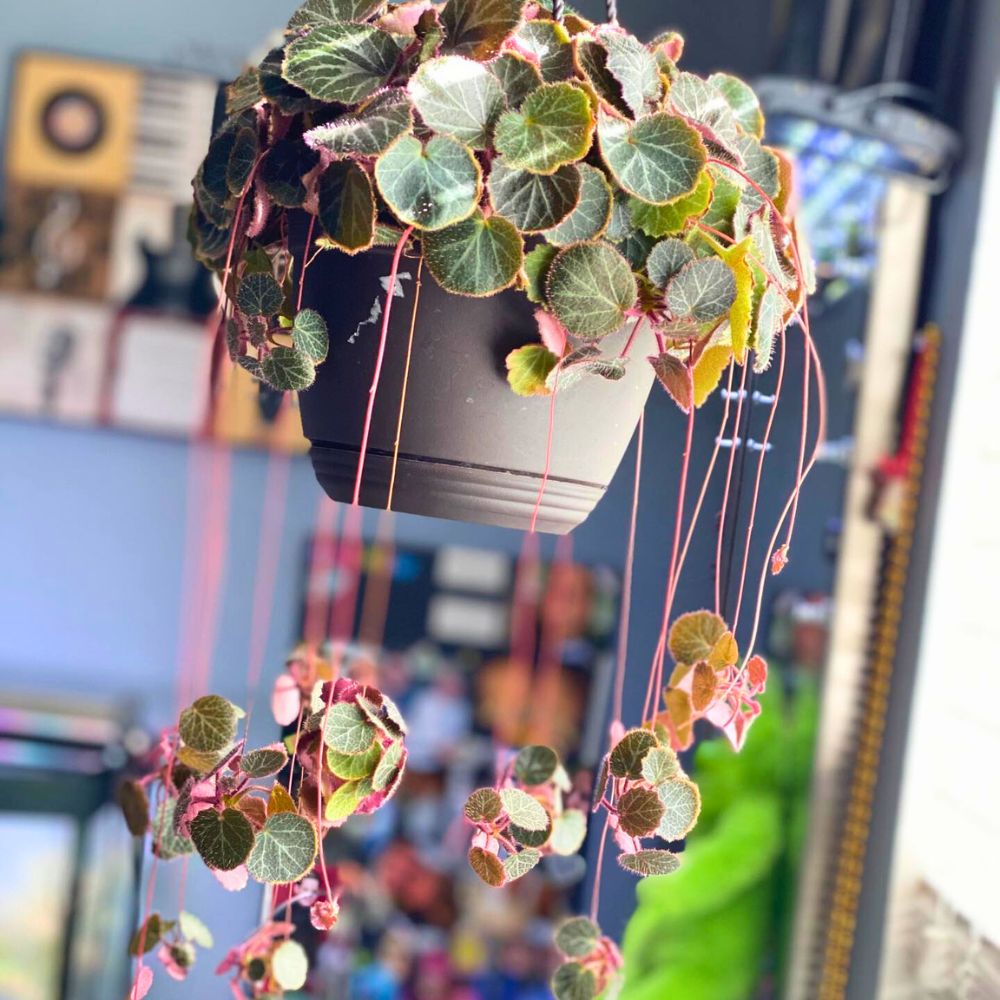
The plant thrives in temperatures ranging from 10°C to 20°C (50°F to 68°F), reflecting the cool, temperate conditions of its native habitat. Maintaining a stable environment is essential, as the plant does not respond well to sudden temperature fluctuations or drafts. A consistent, moderate climate will ensure the foliage remains lush and vibrant throughout spring and summer.
Fertilization of Saxifraga stolonifera
During the active growing period—spring and summer—fertilize the Strawberry Begonia every four waterings using a balanced, houseplant-labelled fertilizer. This helps stimulate healthy leaf, stem, and flower development. As growth slows in autumn and winter, reduce feeding frequency to once every six waterings to prevent over-fertilization, which can damage roots and foliage. Following the package directions will ensure that nutrient levels remain optimal without stressing the plant.
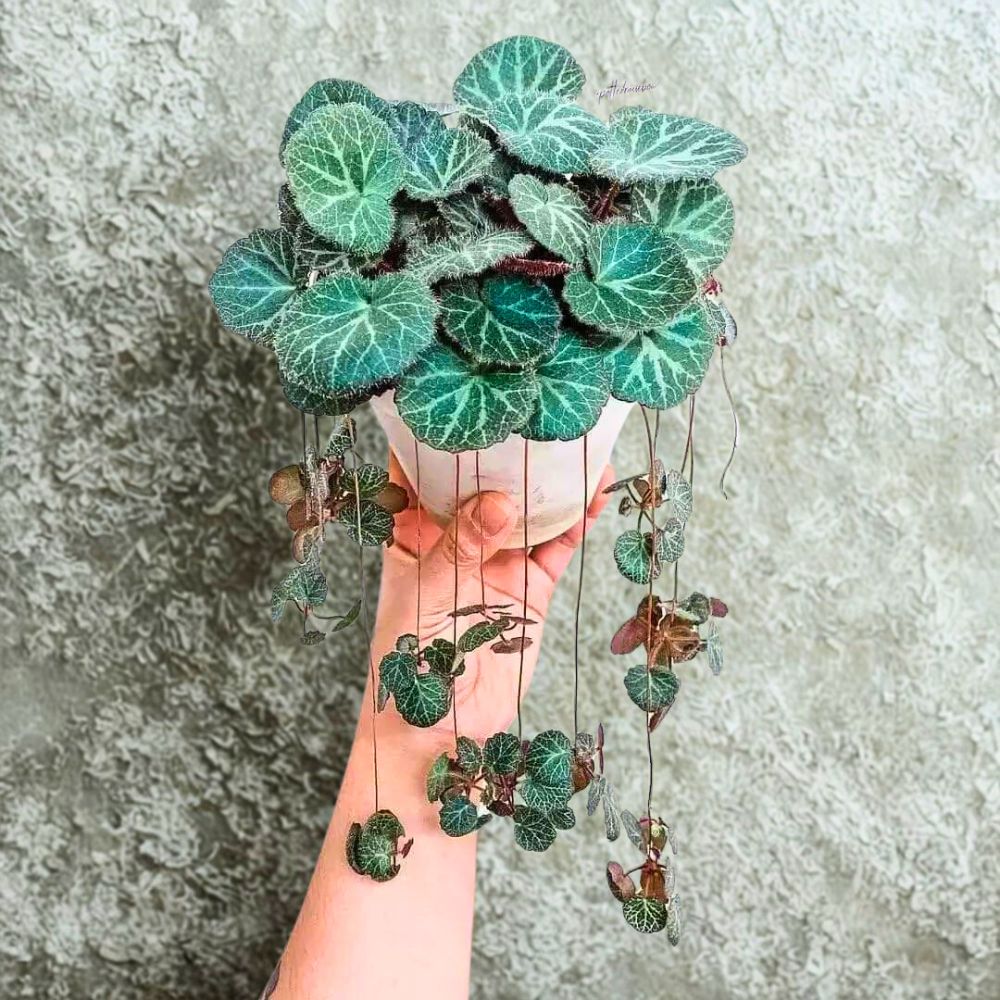
Strawberry Begonia - Propagation Techniques
One of the most rewarding aspects of the Strawberry Begonia is how easily it can be propagated. The plant naturally sends out baby plantlets on thread-like stolons, which can be rooted directly in soil or in water. For best results, select plantlets with at least five mature leaves before attempting to propagate. You can also divide the mother plant during spring or summer when it becomes pot-bound. Handle the stems and roots gently during propagation to avoid trauma that can hinder new growth.
Potting and Repotting of Strawberry Begonia
Repotting should be done every few years, ideally in the spring, using a pot only slightly larger than the previous one. This prevents the soil from retaining too much moisture, which can lead to root rot. Select a potting mix that promotes aeration and drainage, and water thoroughly after repotting to help the soil settle around the roots. Avoid repotting more frequently than necessary, as frequent disturbance can lead to transplant shock and impact the plant’s growth cycle.
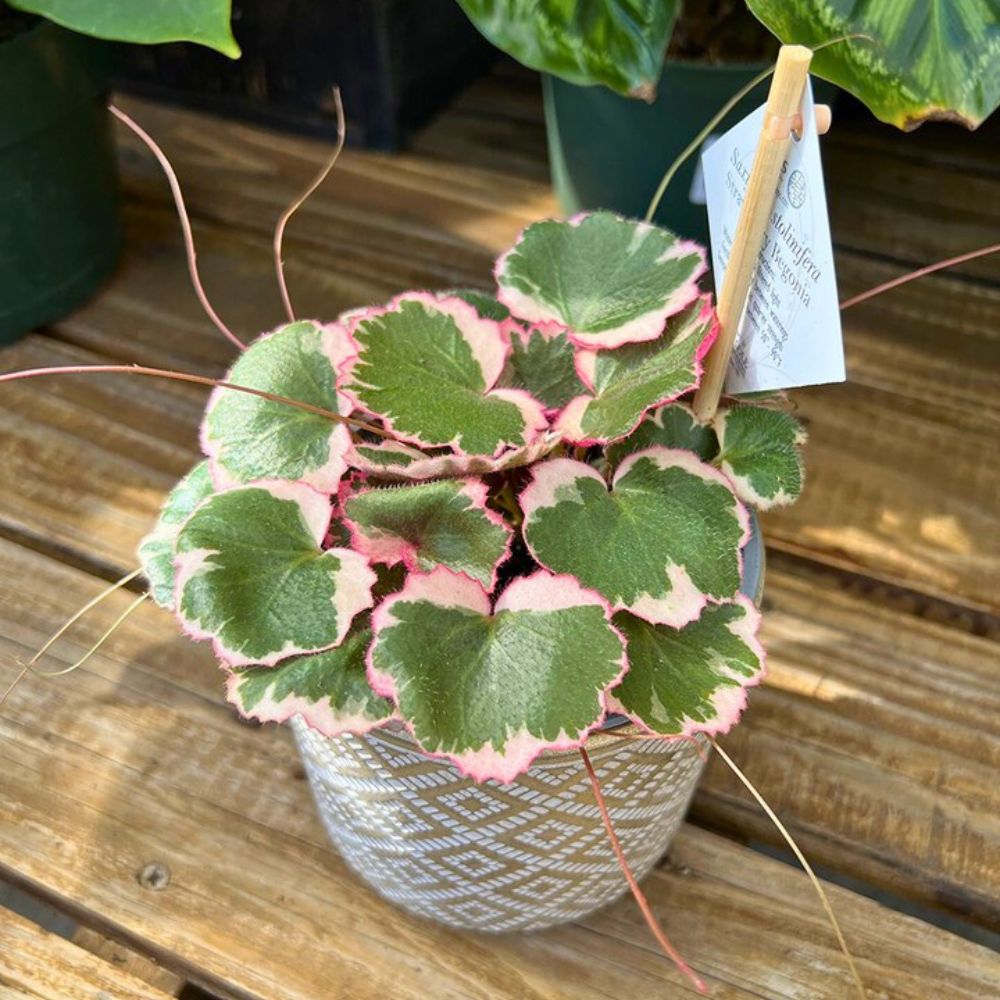
Common Issues Associated With Saxifraga stolonifera
Yellowing of the lower leaves often signals either over-watering or the natural aging of the plant. Under-watering can cause leaf edges to brown and crisp, while poorly drained soils are notorious for causing root rot. Regular inspection helps detect early signs of pest infestations such as mealybugs, aphids, or whiteflies.
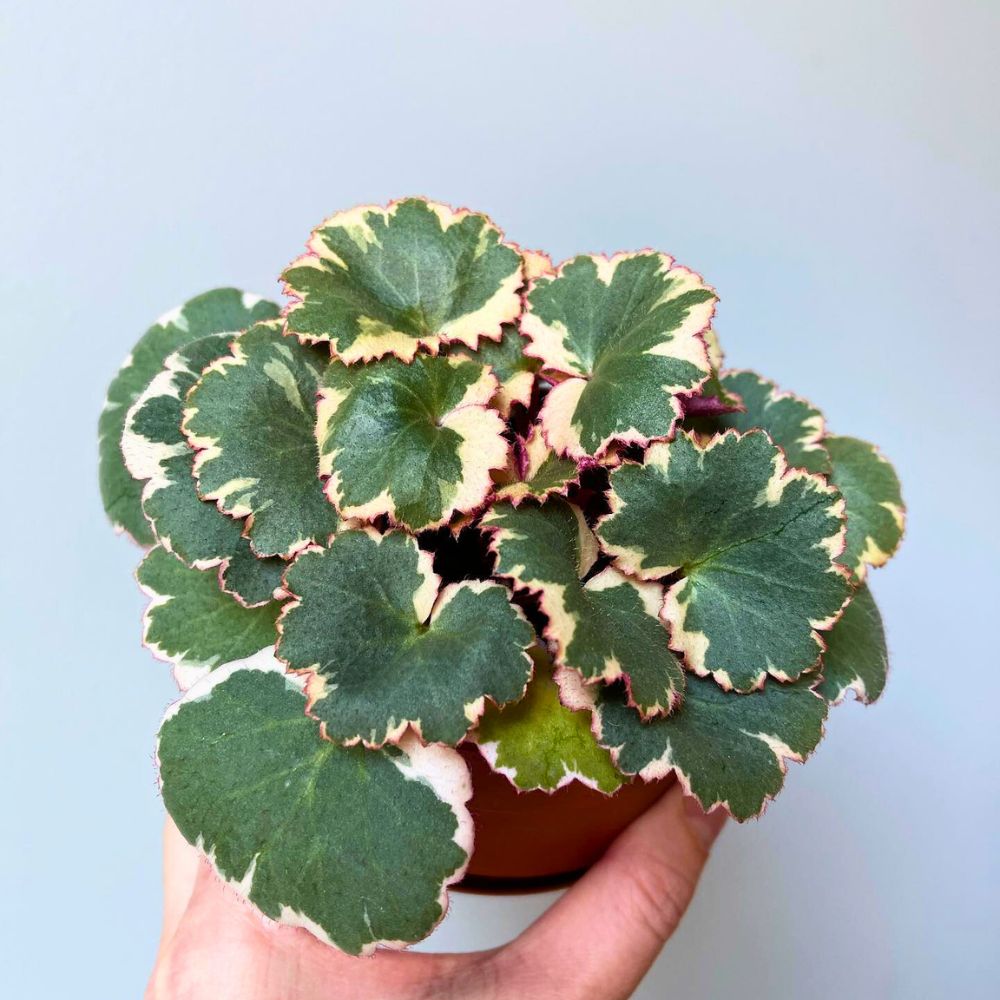
Prompt action using insecticidal soap or neem oil can manage infestations effectively. Maintaining good hygiene, including removing dead leaves and avoiding overcrowding, is key to preventing fungal infections.
Pruning and Grooming Your Strawberry Begonia Plants
To keep the strawberry begonia plant healthy and attractive, regularly prune away any dead or yellowing leaves, plant debris, or damaged stems. Use sterilized scissors or shears to prevent the spread of bacteria or fungus. Light grooming during spring and summer encourages fuller growth and maintains the compact, rounded plant form that makes this species so desirable. Avoid harsh pruning, which may stress the plant or damage its delicate runners.
Strawberry Begonia's Flowering and Aesthetic Appeal
In late spring to early summer, the Strawberry Begonia produces delicate, asymmetrical white flowers with two large lower petals, forming airy panicles that rise above the foliage. Though the bloom is not its primary appeal, the contrast of the flower against the colorful, textured leaves makes for a stunning display. These blooms not only enhance visual interest but also attract admiration from houseplant lovers and seasoned gardeners alike.
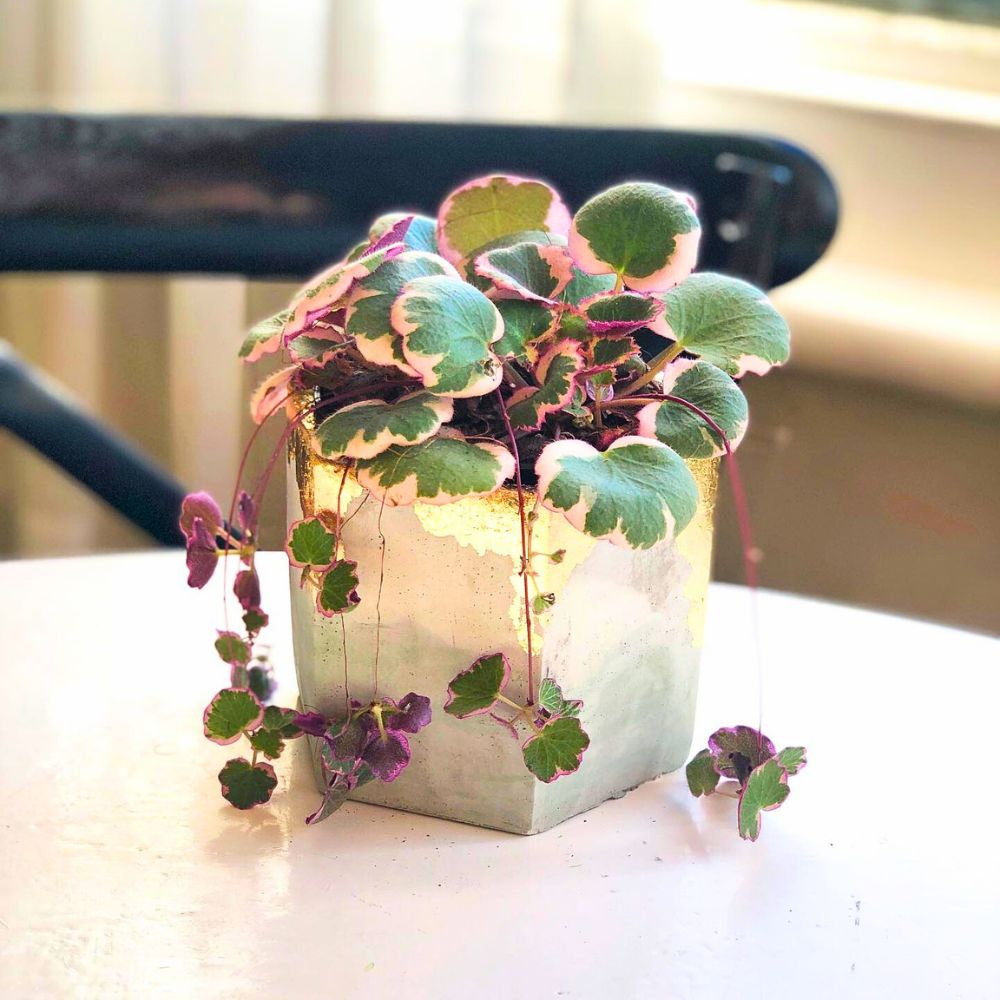
Whether used as a trailing accent in hanging baskets, a charming addition to woodland gardens, or a lush indoor specimen, the Strawberry Begonia—with its unique reddish leaf colors, trailing plantlets, and asymmetrical white flowers—is a showstopper. With the right care, including bright indirect light, consistent moisture in well-drained soils, occasional fertilization, and thoughtful placement, this plant can thrive year-round.
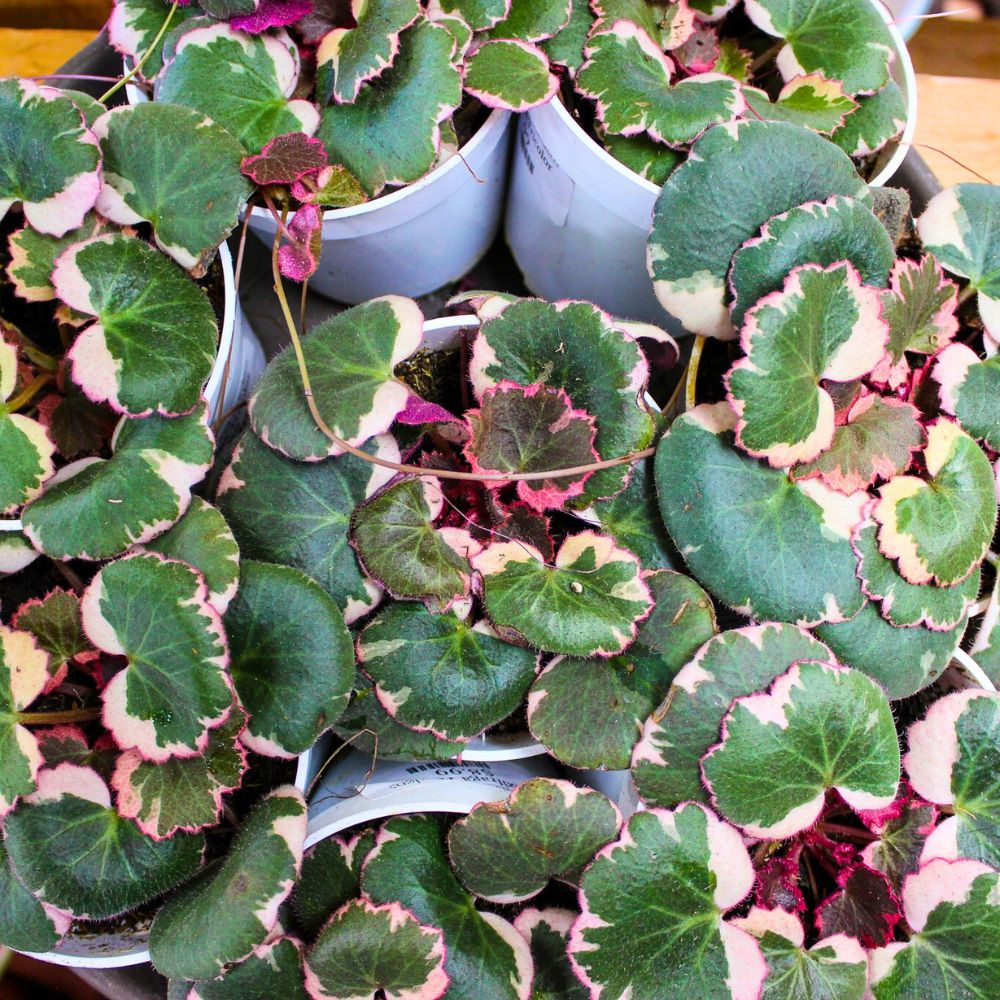
By understanding its unique plant forms, growth patterns, and environmental needs, even novice gardeners can cultivate and enjoy this charming flowering plant. So go ahead—add a touch of Eastern Asia's botanical beauty to your space and let the Strawberry Geranium weave its magic.
Header image by @Atklet


